Working with horses is one of the most rewarding parts of life on a farm, whether you are involved in horse breeding, training young prospects, or simply improving your skills as an equestrian. Today, I am using Trudy, also known as Big Booty Trudy, to walk you through two foundational skills every horse owner should know.
The first is how to measure a horse correctly. The second is how to identify which lead a horse is on when it moves at the canter. These two concepts come up constantly in farming and horse management, so understanding them will make you more confident and accurate when working with your animals.
How to Measure a Horse Correctly
In the United States we measure horses using hands rather than inches. One hand equals four inches. This measurement system began long ago when people did not have easy access to tools, so a hand provided a natural guide. Today we still use hands because it keeps communication consistent within the equestrian community.
To measure a horse, you measure to the wither. The wither is the raised point at the base of the neck and is the universal location for height measurement. You can use a soft tape if needed, but a measuring stick with a built-in level ensures accuracy. A soft tape can angle inward toward the horse which gives an incorrect reading. A measuring stick sits a couple of inches away from the body and stays straight.
While adult horses are measured at the wither, younger horses may also be measured at the hip. This helps predict future height during growth stages. Horses often grow butt first which means the hip can be taller than the wither in early development. Breeders use both measurements when tracking young horses and estimating how tall they may become. This is especially useful in horse breeding programs that focus on height, athleticism, or specific disciplines.
For Trudy, the measuring stick reads between 16.1 and 16.2 hands which translates to just under 168 centimeters. This gives a clear and accurate understanding of her size as a mature mare.
Understanding Gaits: Walk, Trot, and Canter
After measuring, we moved to the round pen to analyze Trudy's gaits. Before understanding leads, you need to understand how each gait works.
The walk is a four beat gait. Each foot hits the ground independently. One, two, three, four. The trot is a two beat gait where diagonal pairs of legs move together. When Trudy trots, her front left and back right make contact at the same time and then her front right and back left move together. This diagonal motion is what classifies the trot as a two beat gait.
The canter is a three beat gait. Each stride has three distinct impacts before the moment of suspension. Watching in slow motion helps make this much easier to recognize.
How to Identify the Correct Lead
Now for the part many riders struggle with. The canter lead. When a horse travels to the right, it usually picks up the right lead. When traveling left, the horse normally picks up the left lead. The lead is determined by which front leg extends the farthest. If the right front is reaching out more than the left, the horse is on the right lead. If the left front reaches farther, the horse is on the left lead.
In the right lead, feet number one and four land together, while the right front has its own distinct beat. In the left lead, feet number two and three land together with the left front extending the most.
This is essential knowledge for any equestrian. Lead choice affects balance, comfort, and control. Riders who work on patterns, transitions, or discipline specific maneuvers rely heavily on the correct lead.
What is Crossfiring
Crossfiring happens when the front end is on one lead and the hind end is on the opposite lead. Horses sometimes do this when they are playing or showing off, and some naturally athletic horses can make it look smoother than others. Still, crossfiring is usually incorrect and uncomfortable for extended movement. Recognizing it takes practice and a trained eye. Watching slowed down video is one of the best tools for learning to identify it. Over time you will be able to pick out crossfiring instantly.
Final Thoughts
Horses teach us something new every day. Whether you are involved in daily farming routines, managing a horse breeding program, or fine tuning your skills as an equestrian, understanding how to measure horses and recognize leads gives you a deeper connection with your animals. These are simple but foundational skills that help you communicate clearly with other horse owners and make better decisions in training.
If there are other topics you want explained with visuals, slow motion, or detailed breakdowns, let me know. I love creating educational content that makes horsemanship easier to understand for everyone. If you want to watch the video version of this blog, click here!

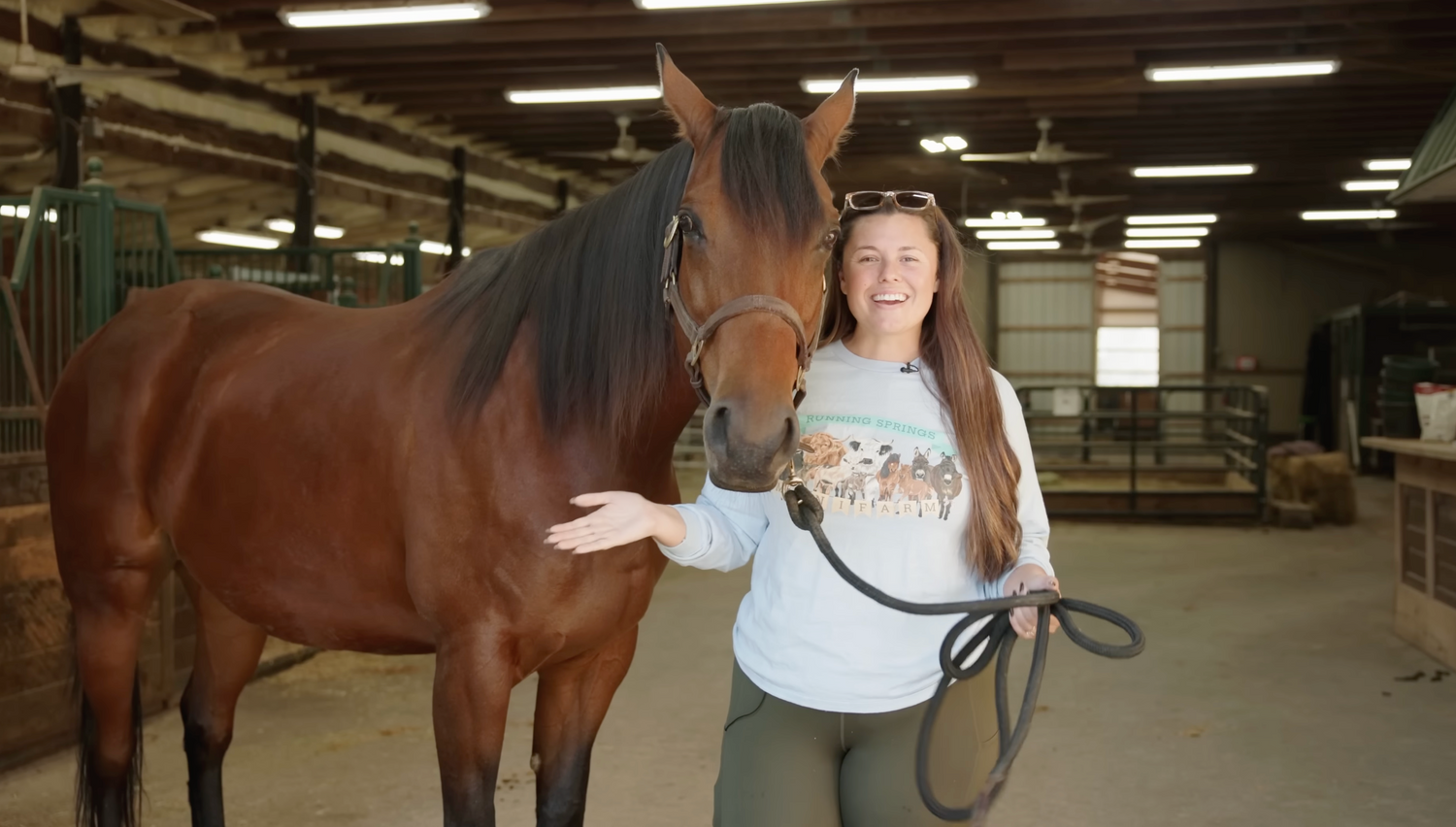
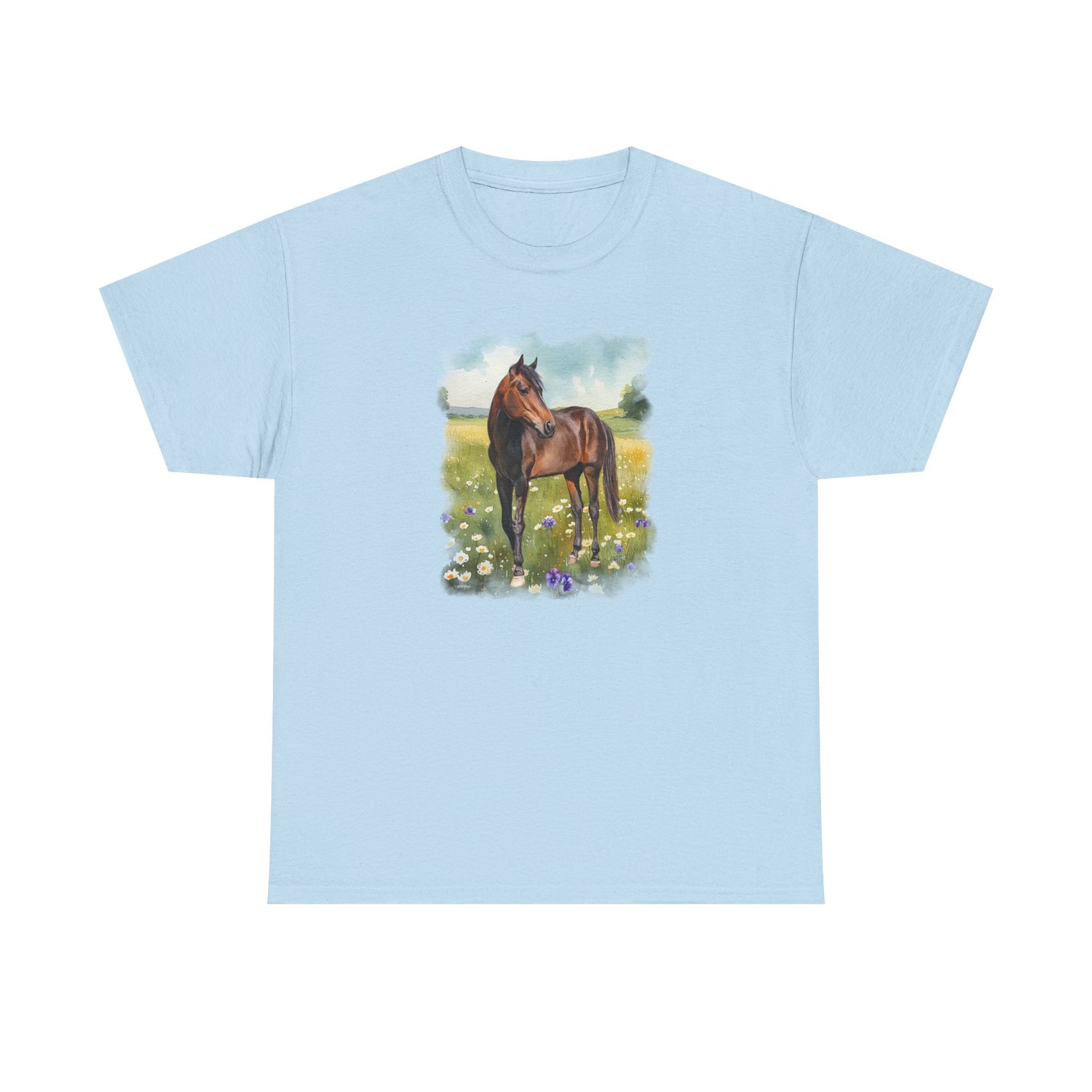
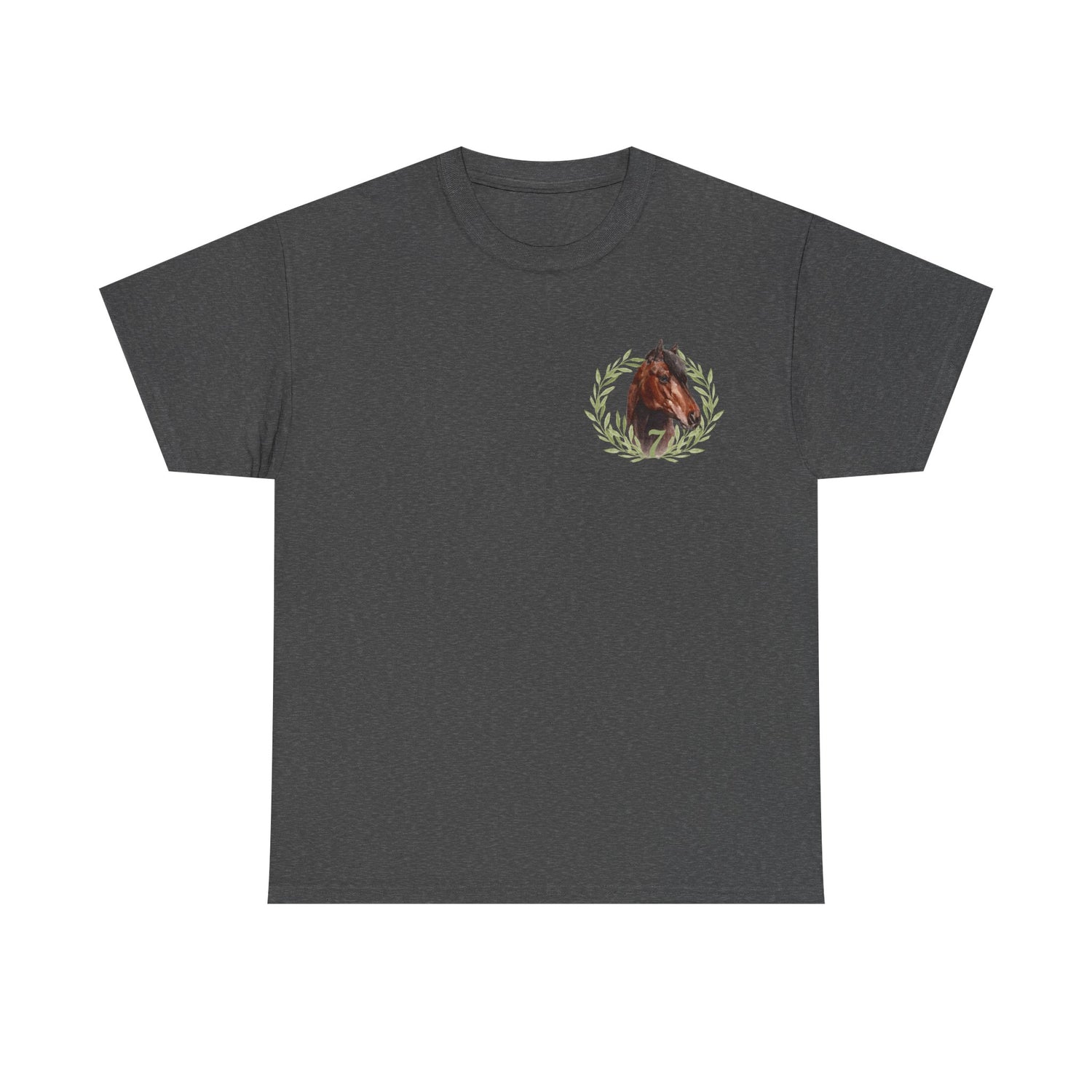
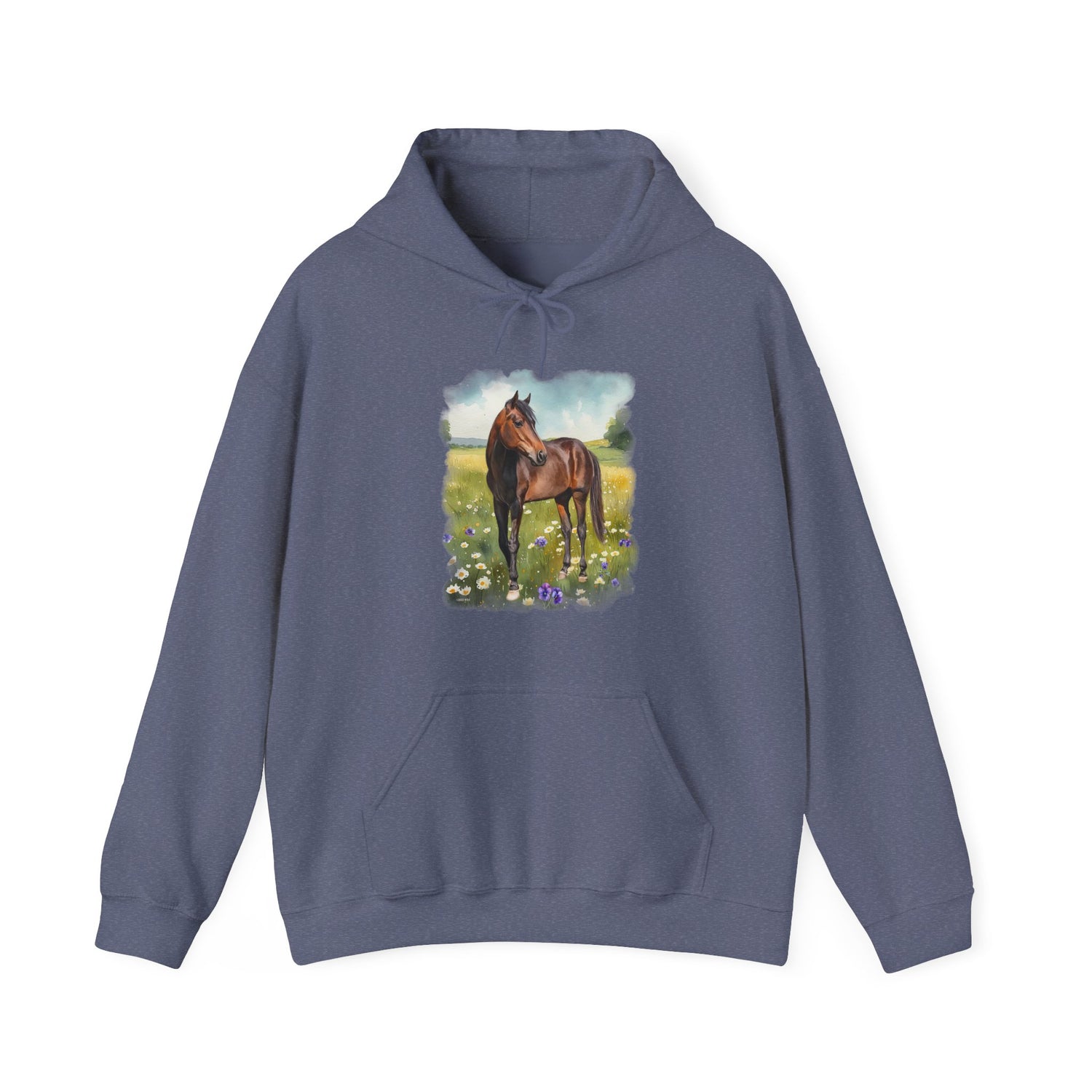
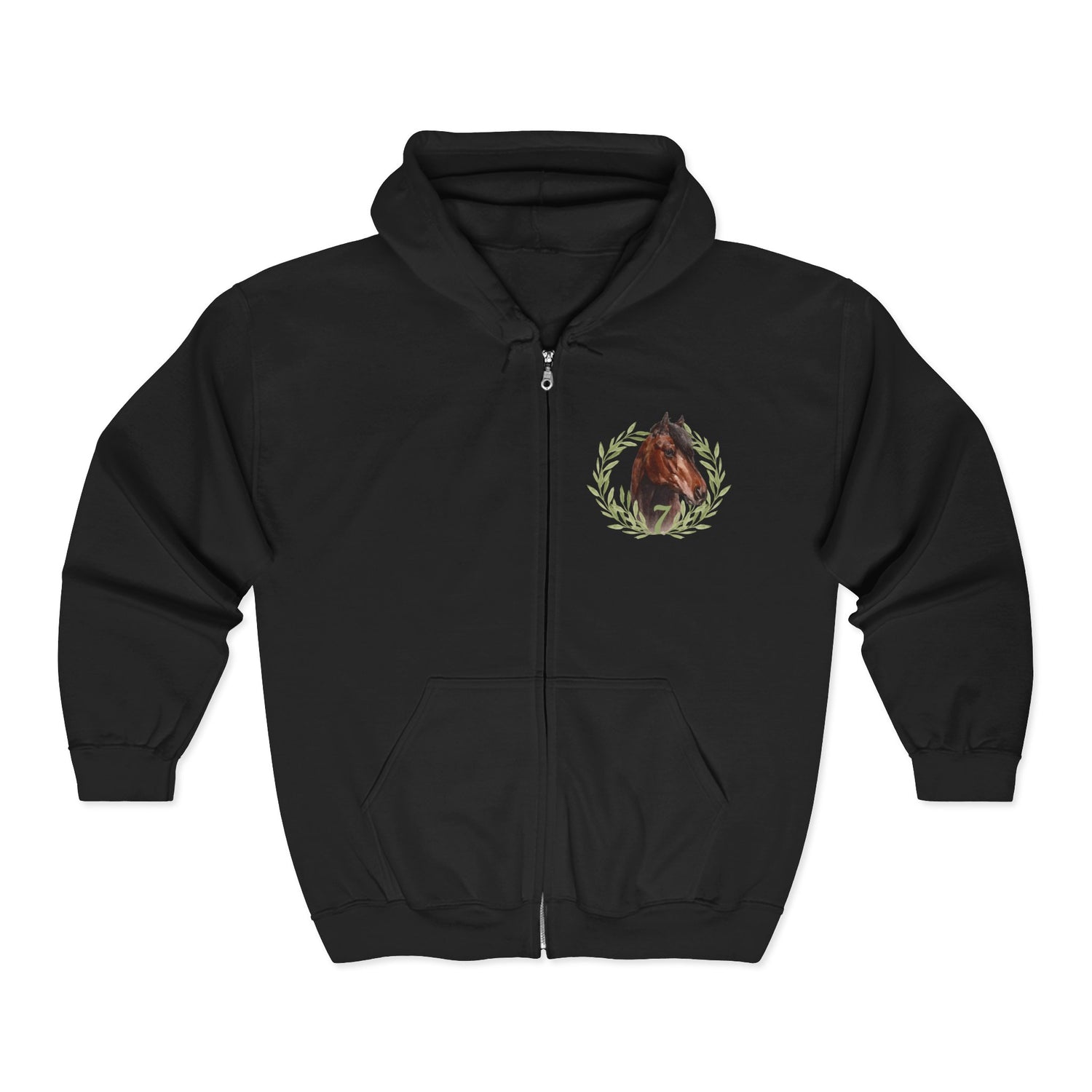
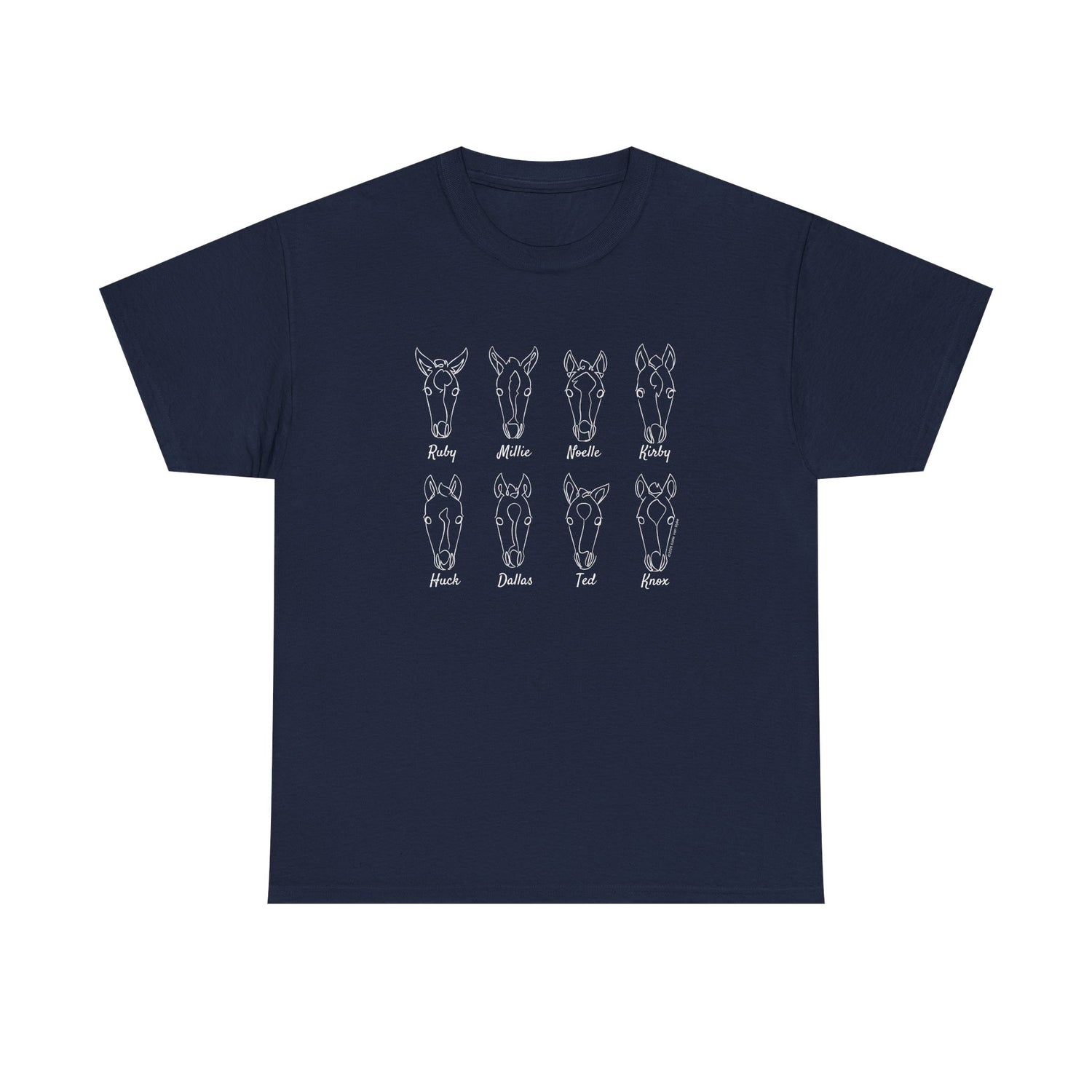
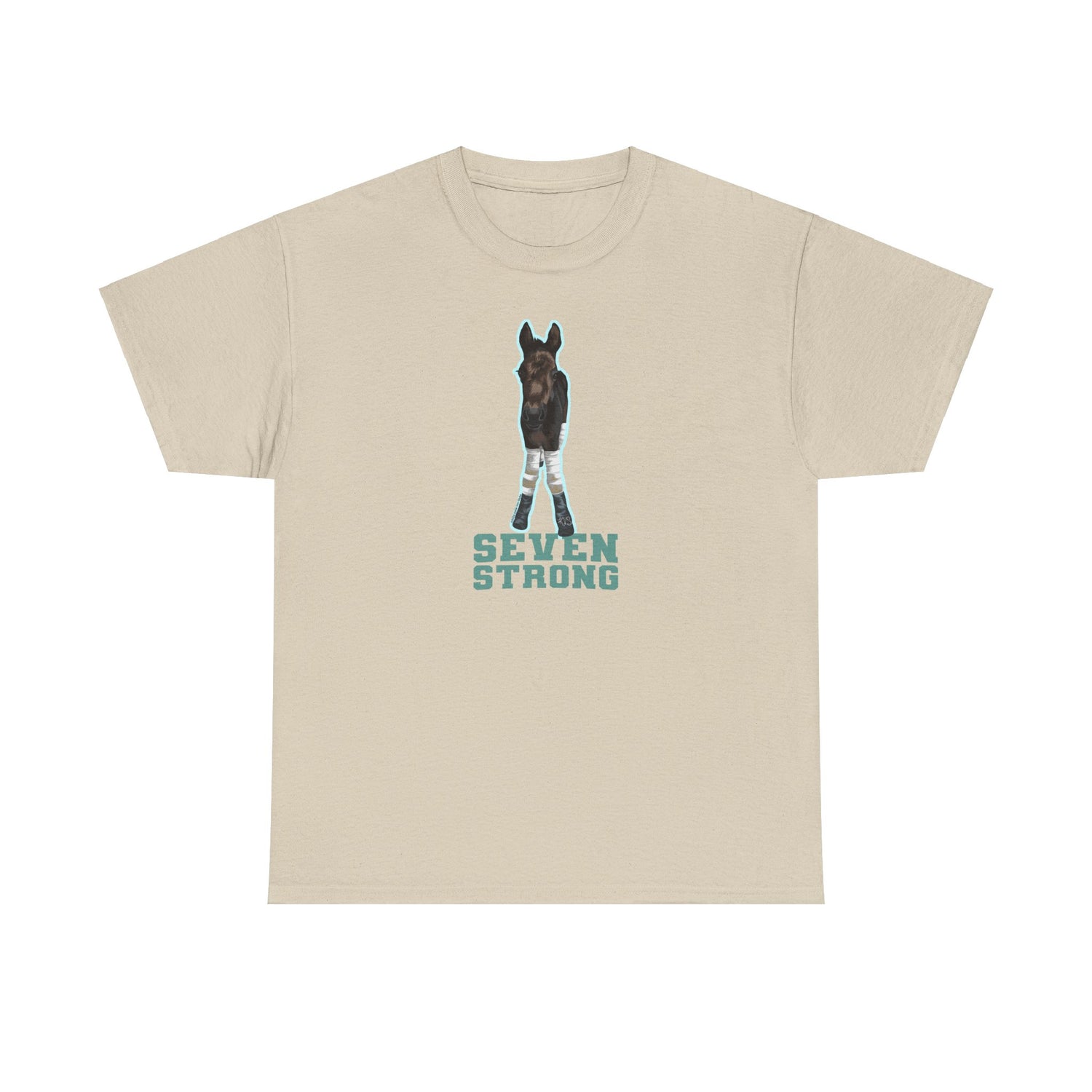
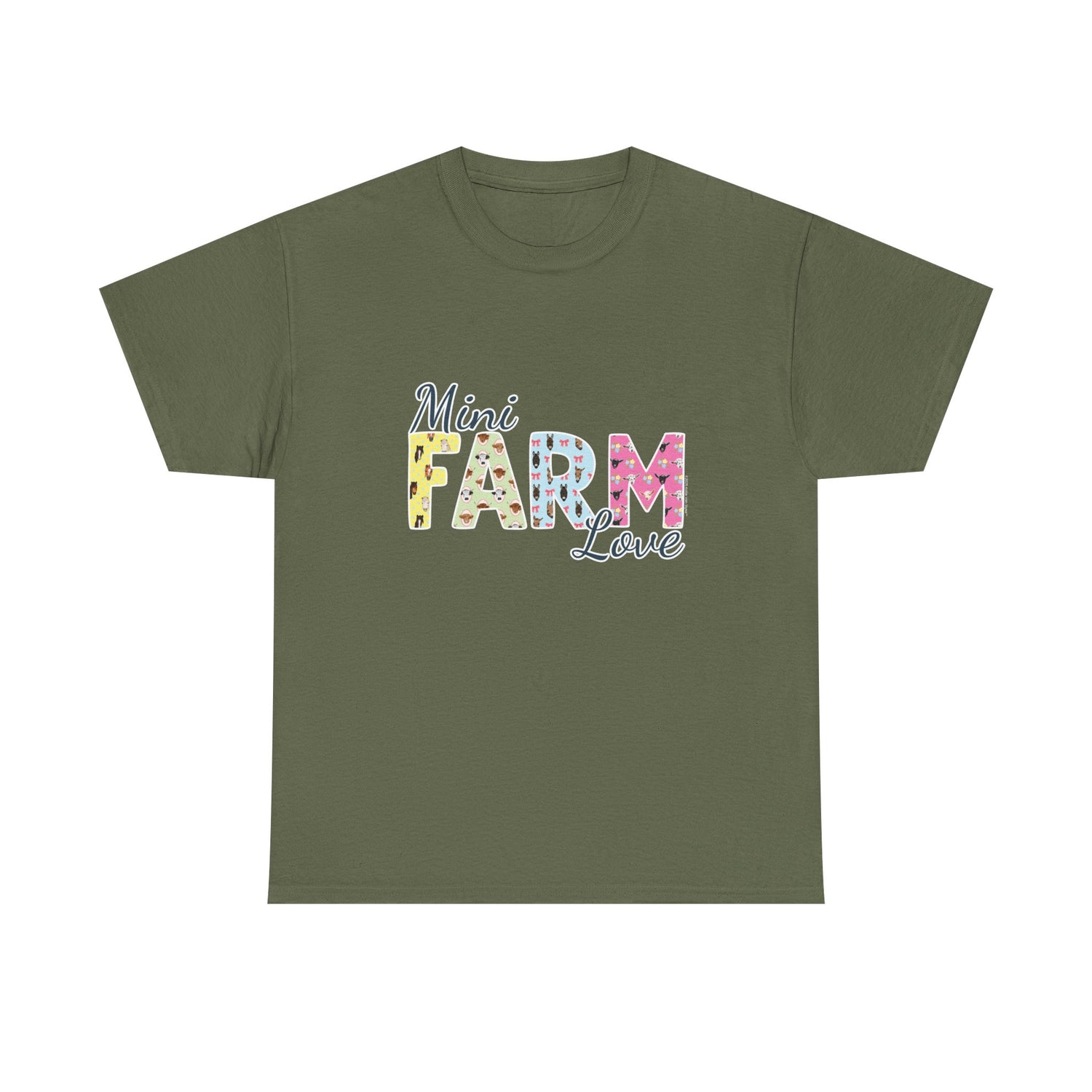
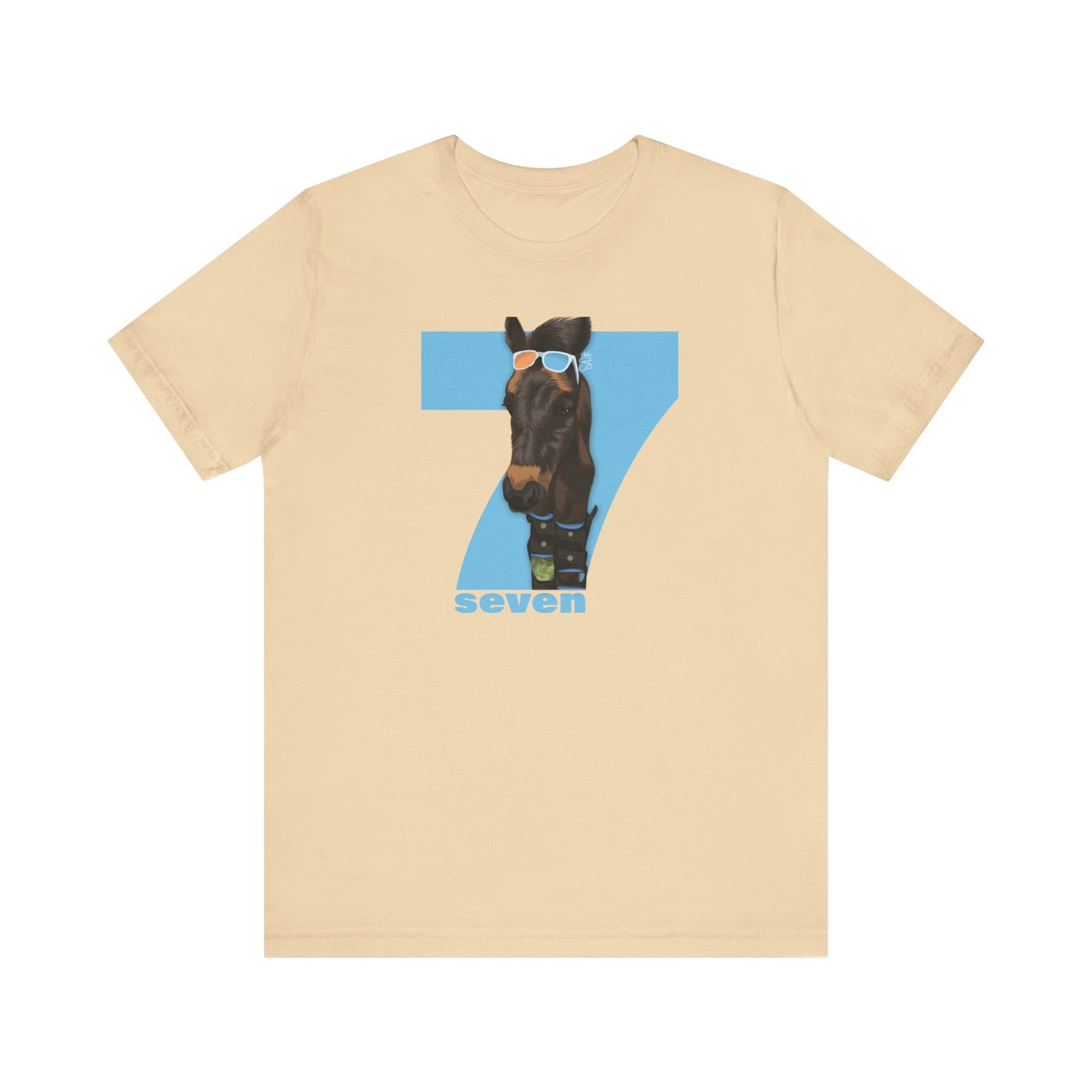

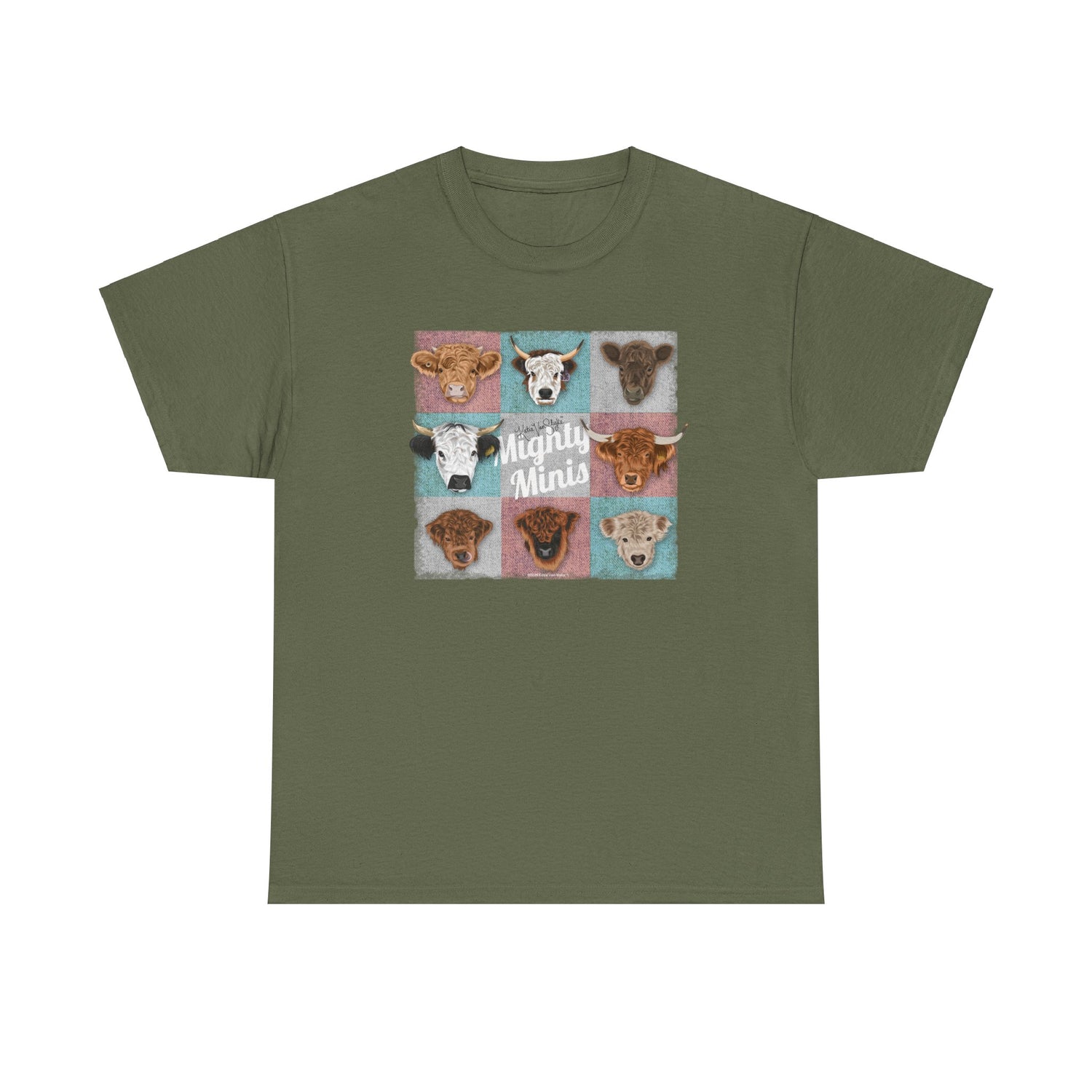
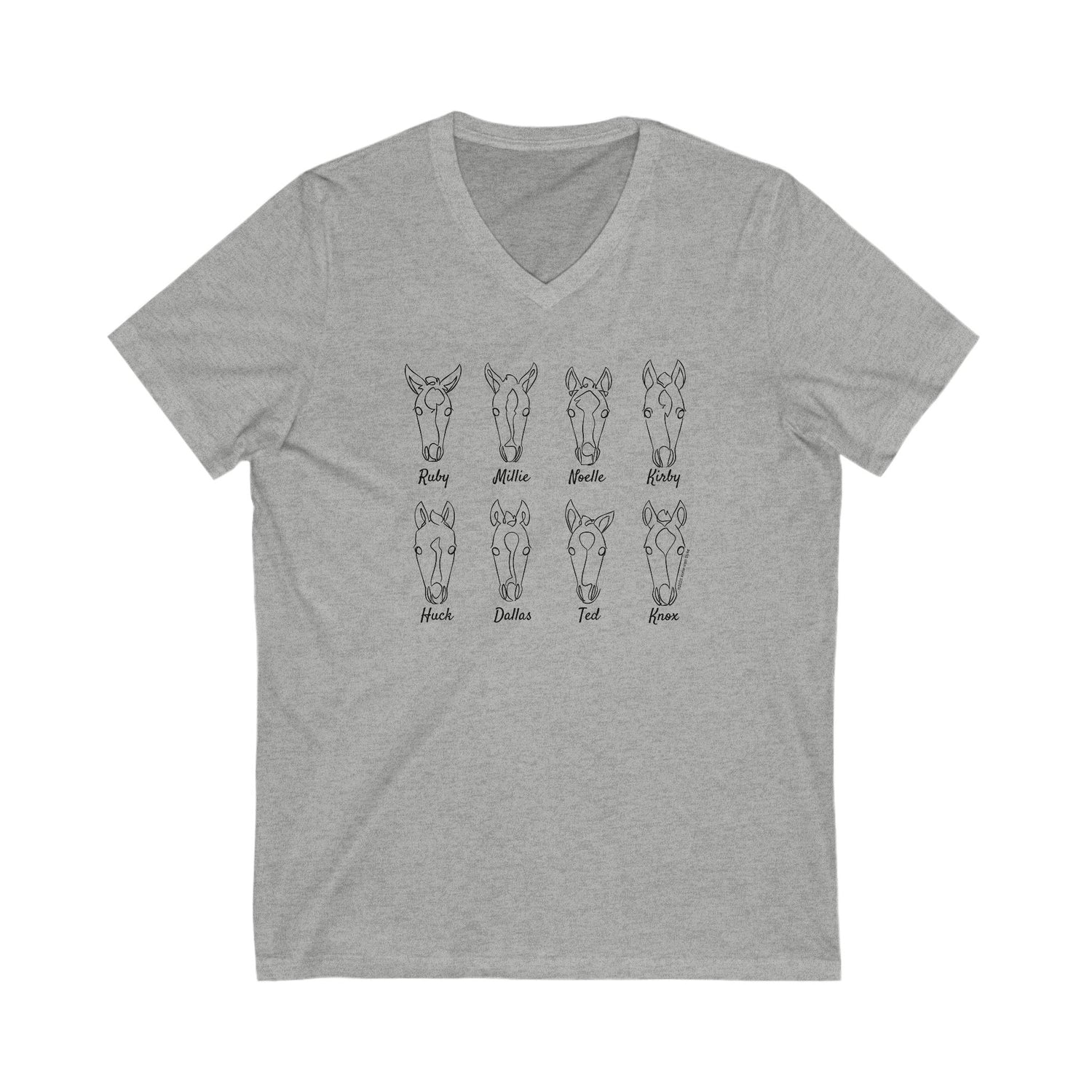
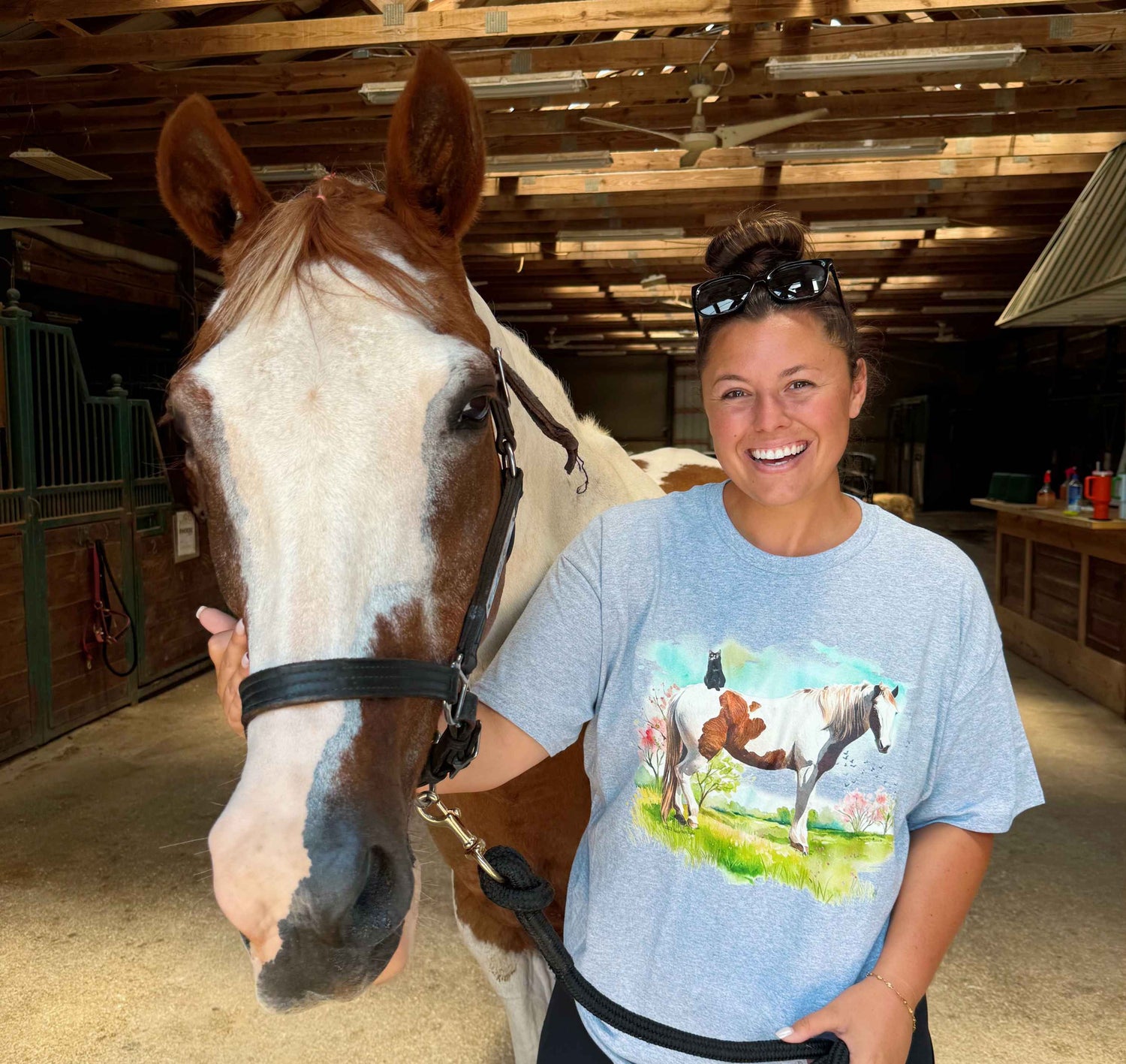
0 comments